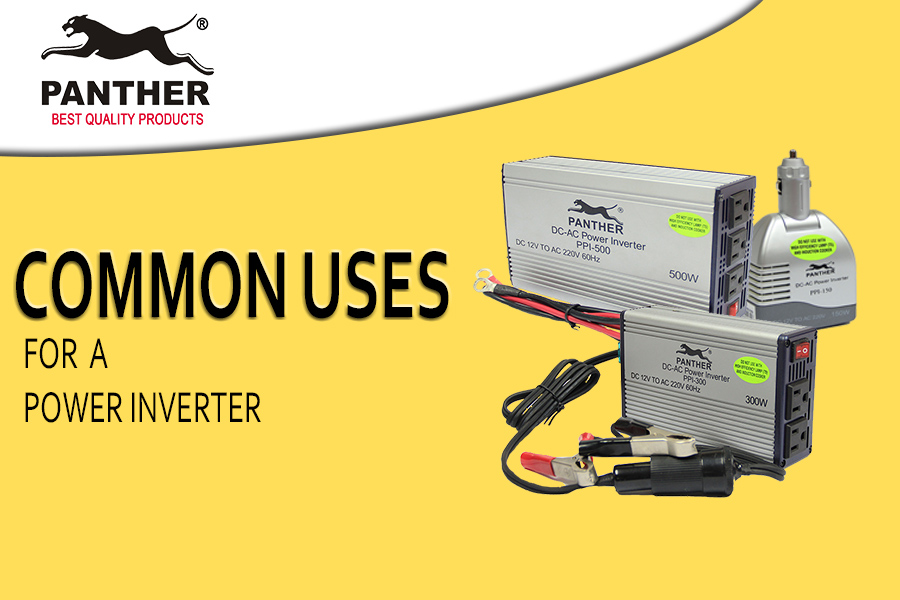
Table of Contents
What’s the difference between AC and DC power?
Basically, AC power is what comes out of the outlets (supplied by your local power supply company, e.g., Meralco), while DC power is what you get from batteries (example: car or motorcycle battery, UPS battery).
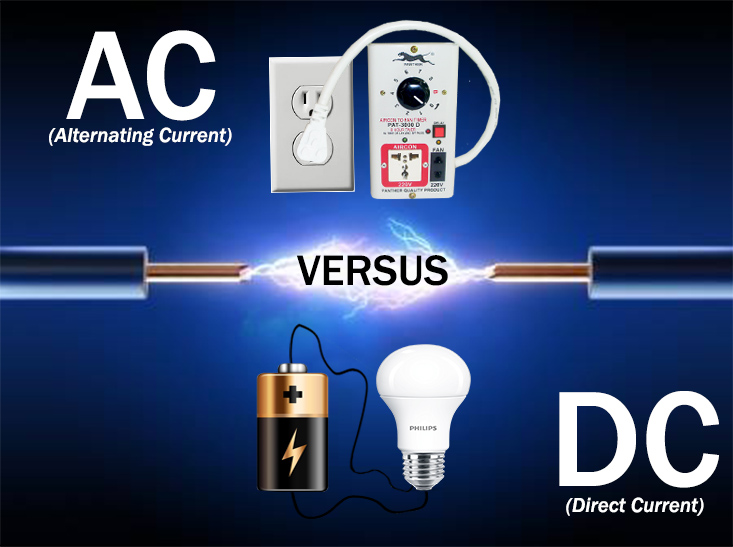
What do power inverters do?
At its most basic level, power inverters essentially take a DC power source and converts it into an AC power source. They’re essentially oscillators that rapidly switch the polarity of the DC power source, effectively creating a square wave; then additional components within the inverter changes this square wave to either a modified or pure sine wave (which is more similar to the AC power source that comes out of our outlets everyday)
Who needs a power inverter?
USE CASE 1: People who live in areas without a steady supply of electricity (e.g., islands, constant rotational brownouts)
To ensure you always have AC power supply for your consumer electronics and appliances, you can use the power inverter to convert a DC power source (e.g., car batteries) into an AC power source for your appliances such as air conditioner units, electric fan, refrigerator, TV and gaming systems. With a power inverter in your home, it’s like having a personal generator in your homes (except instead of fuel being converted to AC electricity, you have battery DC power being converted)
If you live in a locality which experiences frequent power cuts and failure, then having a power inverter in your house is a definite must-have!

USE CASE 2: Anyone who spends a lot of time on the road would benefit from a power inverter
As you know, car batteries provide DC voltage, while most consumer electronics work on AC. However, with a power inverter, you can take any electric device from your home, plug it into your car, and start using it as normal. In fact, you might already have some experience with this – as certain devices like cellphones and laptops can be charged when plugged directly into your car cigarette lighter or accessory jacks. The same principle applies here excepts most consumer electronics do require AC input which means an inverter is needed. Sample devices that require an inverter would be:
- Television
- Gaming systems (e.g., PSP)
- Cooking equipment

Are there different types of power inverters?
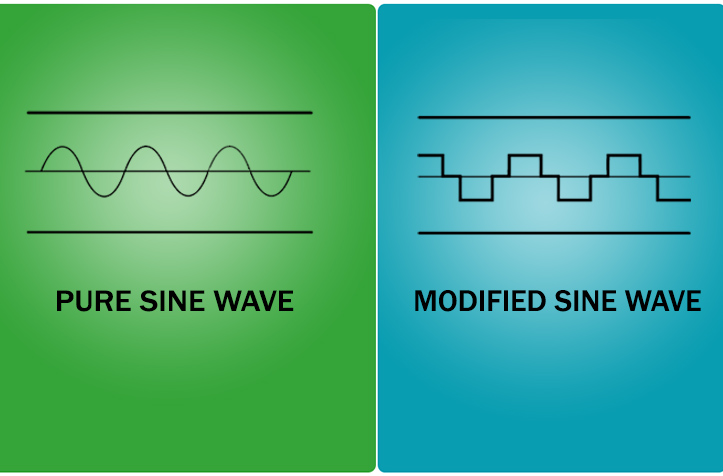
Yes, there are two types: modified sine wave inverter and pure sine wave inverter. The main difference between the two are essentially cost, efficiency, and protection from interference.
Overall, pure sine wave produces more efficient power with minimal interference, however they are considerably more expensive. For a more detailed breakdown between the two, check out our basic comparison guide here. However, when in doubt, it is always best to double check with the device manufacturer on their specific requirements before spending money on an expensive pure sine wave inverter
In this article, we’ve discussed the following:
- What’s the difference between AC and DC power?
- What’s the purpose and function of a power inverter?
- Who needs a power inverter?
- What’s the difference between modified sine wave power inverters vs pure sine wave power inverters?
Interested to purchase a Power Inverter? Check out the full list of available models under the Panther Power Inverter Product series below

Disclaimer: This article is not meant to be a technical guide for HOW power inverters work, but is meant to be a simple guide for everyday people to understand what are power inverters and how they can help you in your daily life.

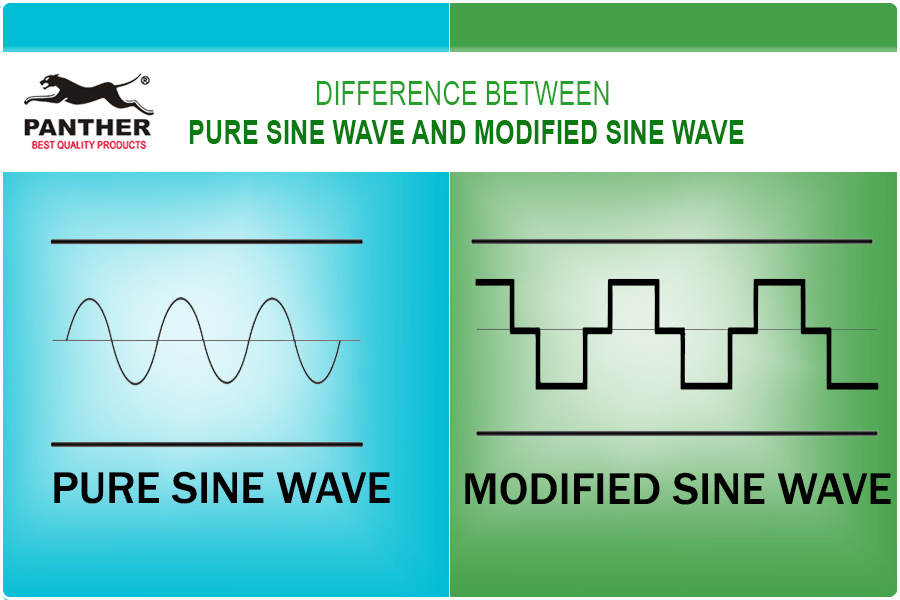
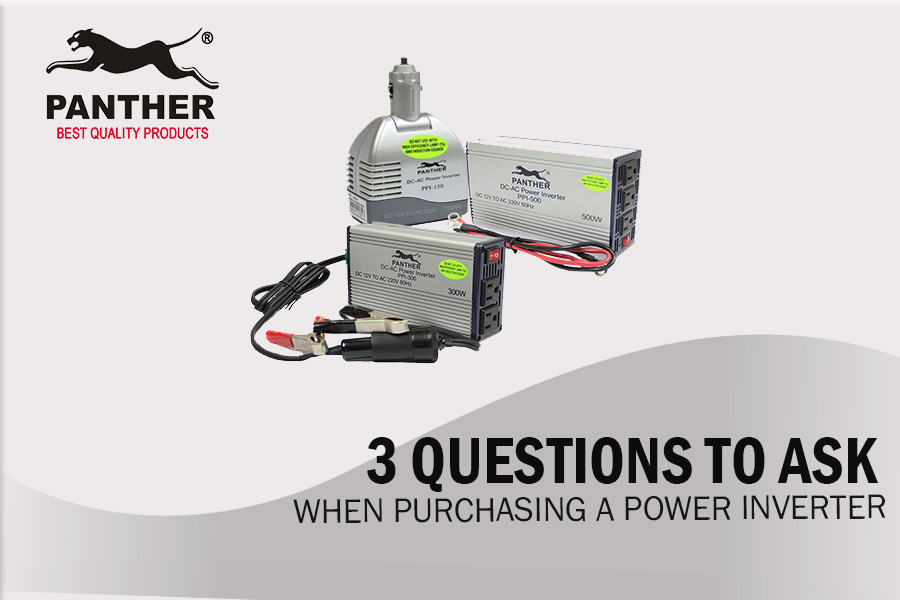
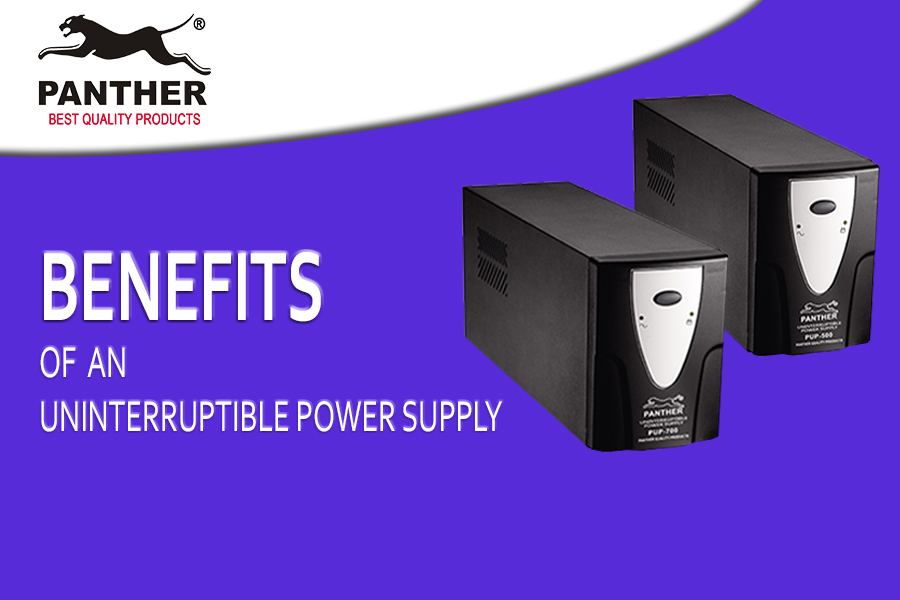
0 Comments